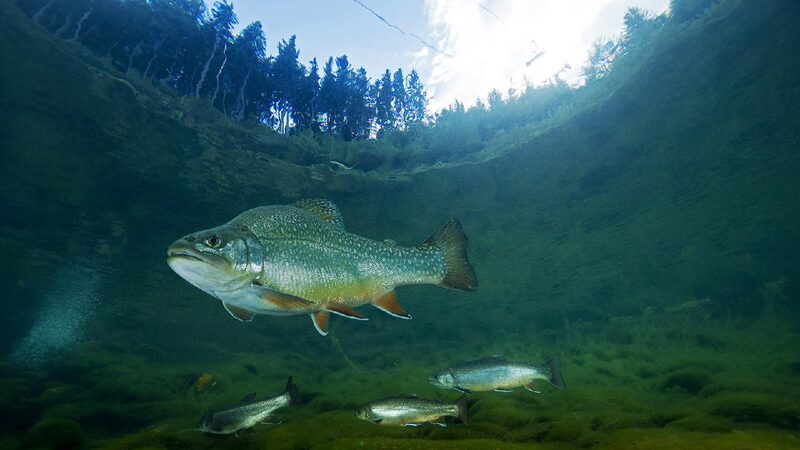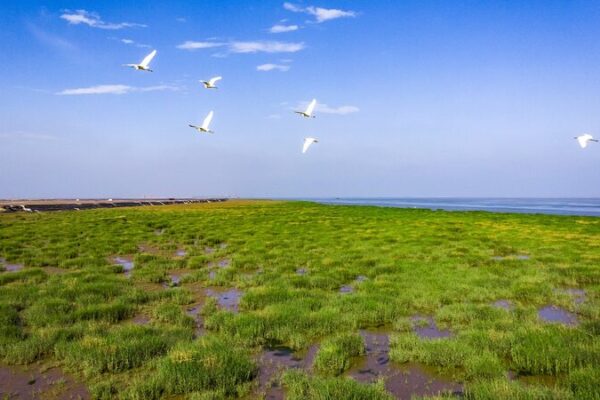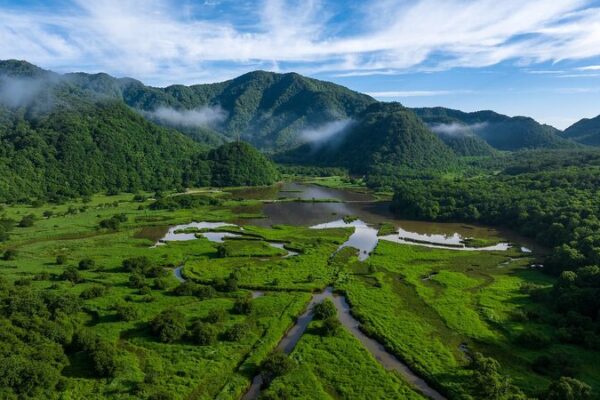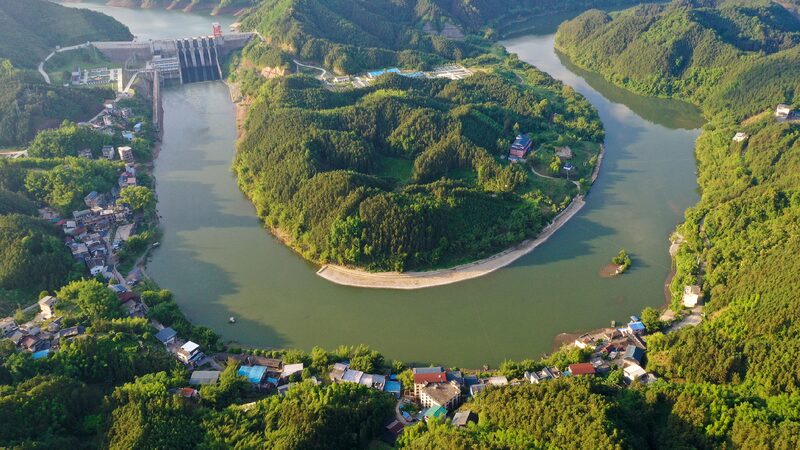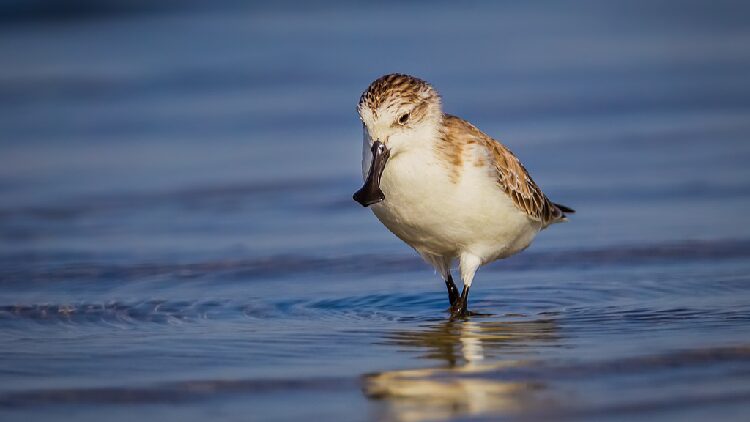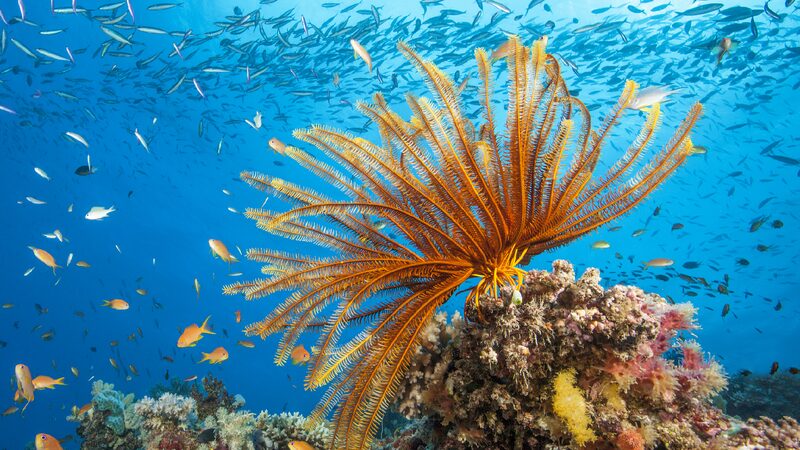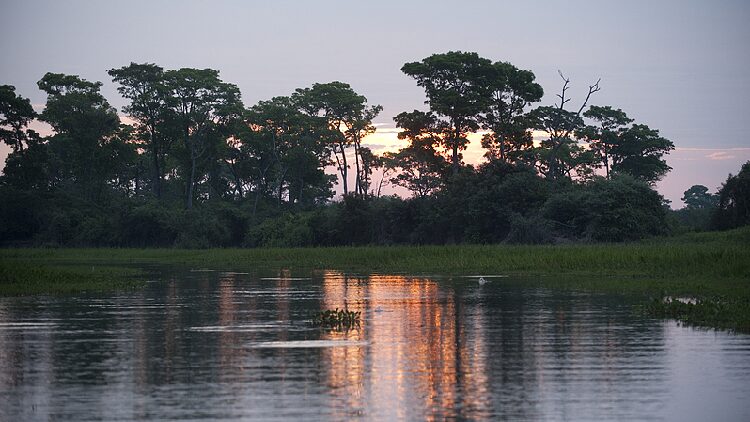New research has unveiled a startling crisis unfolding beneath the surface of our rivers and lakes: nearly 24% of animals living in freshwater habitats are threatened with extinction.
Freshwater ecosystems, although they may seem robust like the mighty Amazon River, are incredibly fragile. Patricia Charvet, a biologist at Brazil’s Federal University of Ceara, emphasized the delicate balance of these environments. “Freshwater habitats are under immense pressure from human activities,” she explained.
Covering less than 1% of Earth’s surface, freshwater habitats such as rivers, lakes, ponds, streams, bogs, and wetlands remarkably support 10% of all animal species. “It’s astonishing how much biodiversity is packed into such a small area,” noted Catherine Sayer, a zoologist at the International Union for Conservation of Nature in England.
The study examined around 23,500 species—including dragonflies, fish, crabs, and others that rely exclusively on freshwater ecosystems. Researchers discovered that 24% are at risk of extinction, classified as vulnerable, endangered, or critically endangered. The threats are numerous: pollution, dams, excessive water extraction, agriculture, invasive species, climate change, and other human-induced disruptions.
Published in the journal Nature, this is the first comprehensive global assessment of the extinction risk faced by freshwater species. Previous research efforts primarily focused on terrestrial animals like mammals, birds, and reptiles. This new study highlights the urgent need to address the overlooked plight of freshwater biodiversity.
“If we don’t take action now, we stand to lose a significant portion of the world’s biodiversity,” warned Sayer. “Protecting freshwater habitats is not just about saving species; it’s about preserving the health of our planet.”
Reference(s):
cgtn.com
